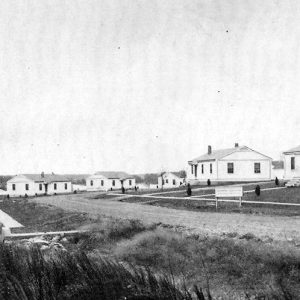 Worker Village
Worker Village
Time Period: Early Twentieth Century (1901 - 1940)
 Worker Village
Worker Village
Works Progress Administration (WPA)
World War I
aka: The Great War
World War I Markers and Memorials
 World War I Soldiers
World War I Soldiers
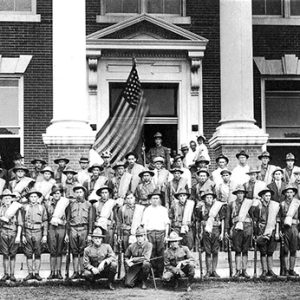 World War I Soldiers
World War I Soldiers
Worms [Medical Condition], Traditional Remedies
aka: Intestinal Parasites
 W. B. Worthen
W. B. Worthen
WPA Slave Narratives
aka: Slave Narratives
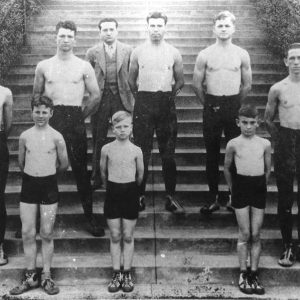 Wrestlers at School for the Deaf
Wrestlers at School for the Deaf
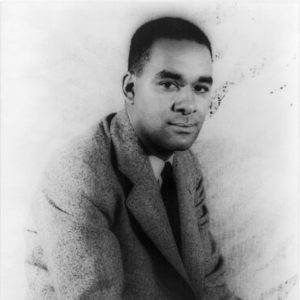 Richard N. Wright
Richard N. Wright
Wright, Richard Nathaniel
 WWII Soldiers and Sailors
WWII Soldiers and Sailors
 Dr. Will Wyatt's Office
Dr. Will Wyatt's Office
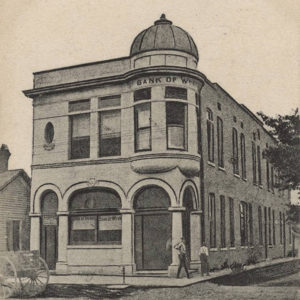 Wynne Bank
Wynne Bank
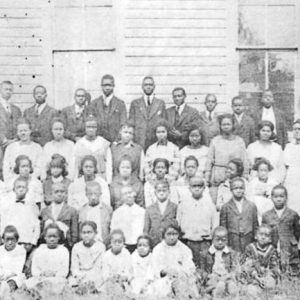 Wynne Institute
Wynne Institute
Wynne Normal and Industrial Institute
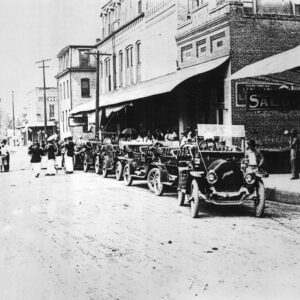 Wynne Parade
Wynne Parade
Wynne Post Office
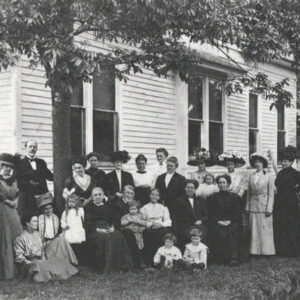 Wynne Society
Wynne Society
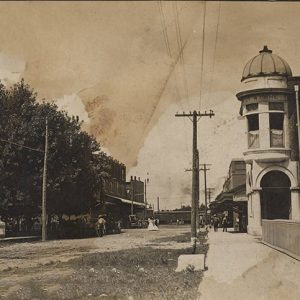 Wynne Street Scene
Wynne Street Scene
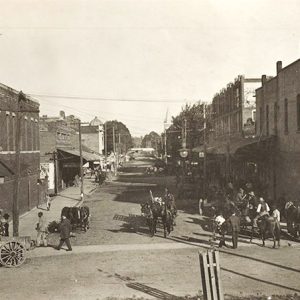 Wynne Street Scene
Wynne Street Scene
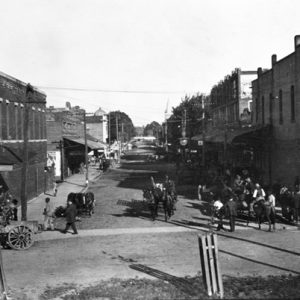 Wynne Street Scene
Wynne Street Scene
 Wynne Street Scene
Wynne Street Scene
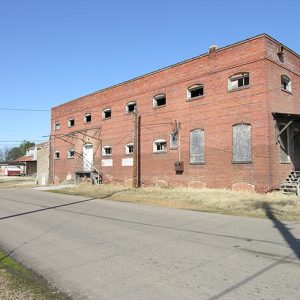 Wynne Wholesale Commercial Historic District
Wynne Wholesale Commercial Historic District
Wynne Wholesale Commercial Historic District
X-Ray
 X-Ray Demonstration
X-Ray Demonstration
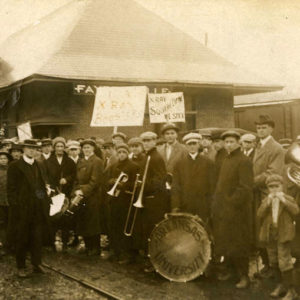 X-Ray Demonstration
X-Ray Demonstration
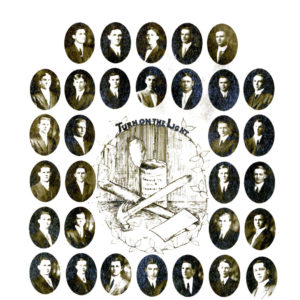 X-Ray Editors
X-Ray Editors
XV Club
Yale Camp
 Yancopin Flood
Yancopin Flood
 Yarnell Ice Cream Company
Yarnell Ice Cream Company
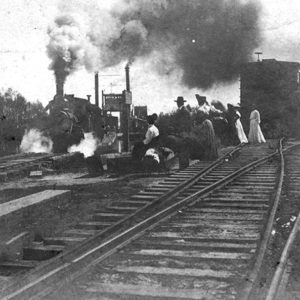 Yazoo and Mississippi Valley Railroad
Yazoo and Mississippi Valley Railroad
Yell County Courthouse, Dardanelle Judicial District
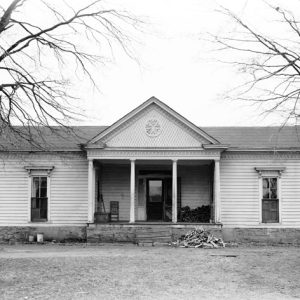 Archibald Yell's House
Archibald Yell's House
 Yellow Horse Baseball Card
Yellow Horse Baseball Card
 Moses "Chief" Yellow Horse
Moses "Chief" Yellow Horse
Yellow Horse, Moses J. “Chief”
 Yellville City Council, circa 1930
Yellville City Council, circa 1930
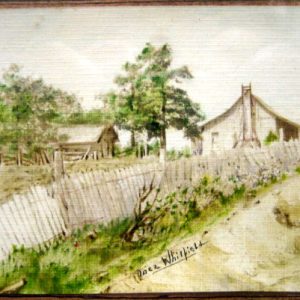 Yesterday in Arkansas
Yesterday in Arkansas
Young Memorial
Young Women’s Christian Association (YWCA)
aka: YWCA
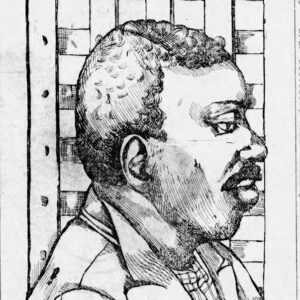 Charles Young
Charles Young
Young, Charles (Lynching of)
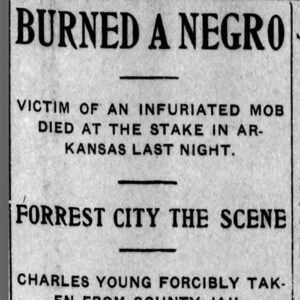 Charles Young Lynching Story
Charles Young Lynching Story
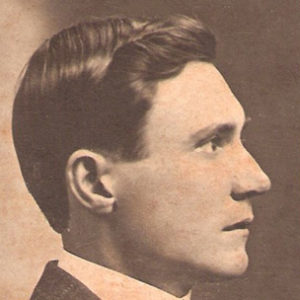 Edgar Young
Edgar Young
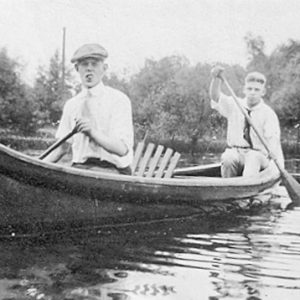 Paul Young
Paul Young




